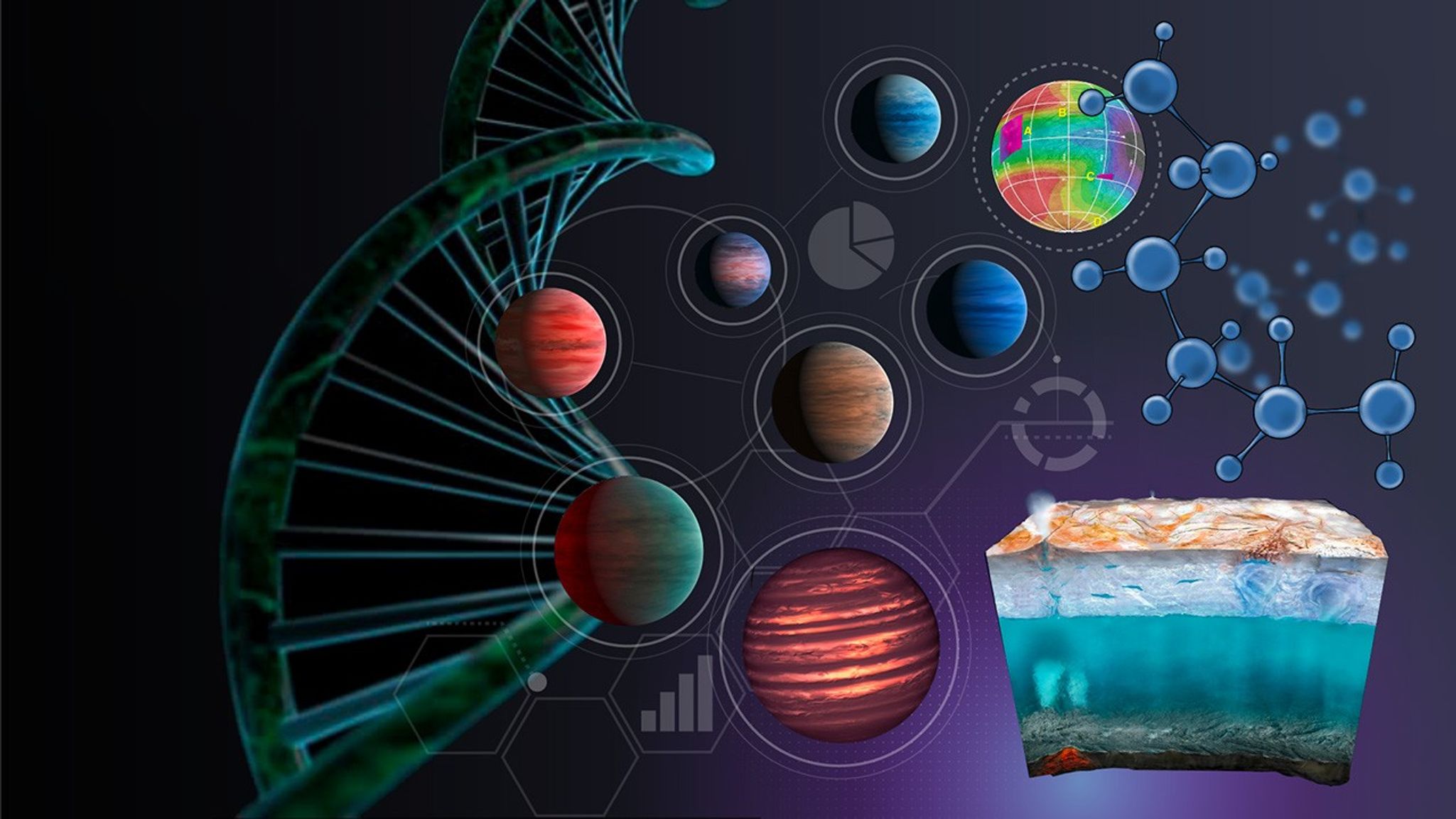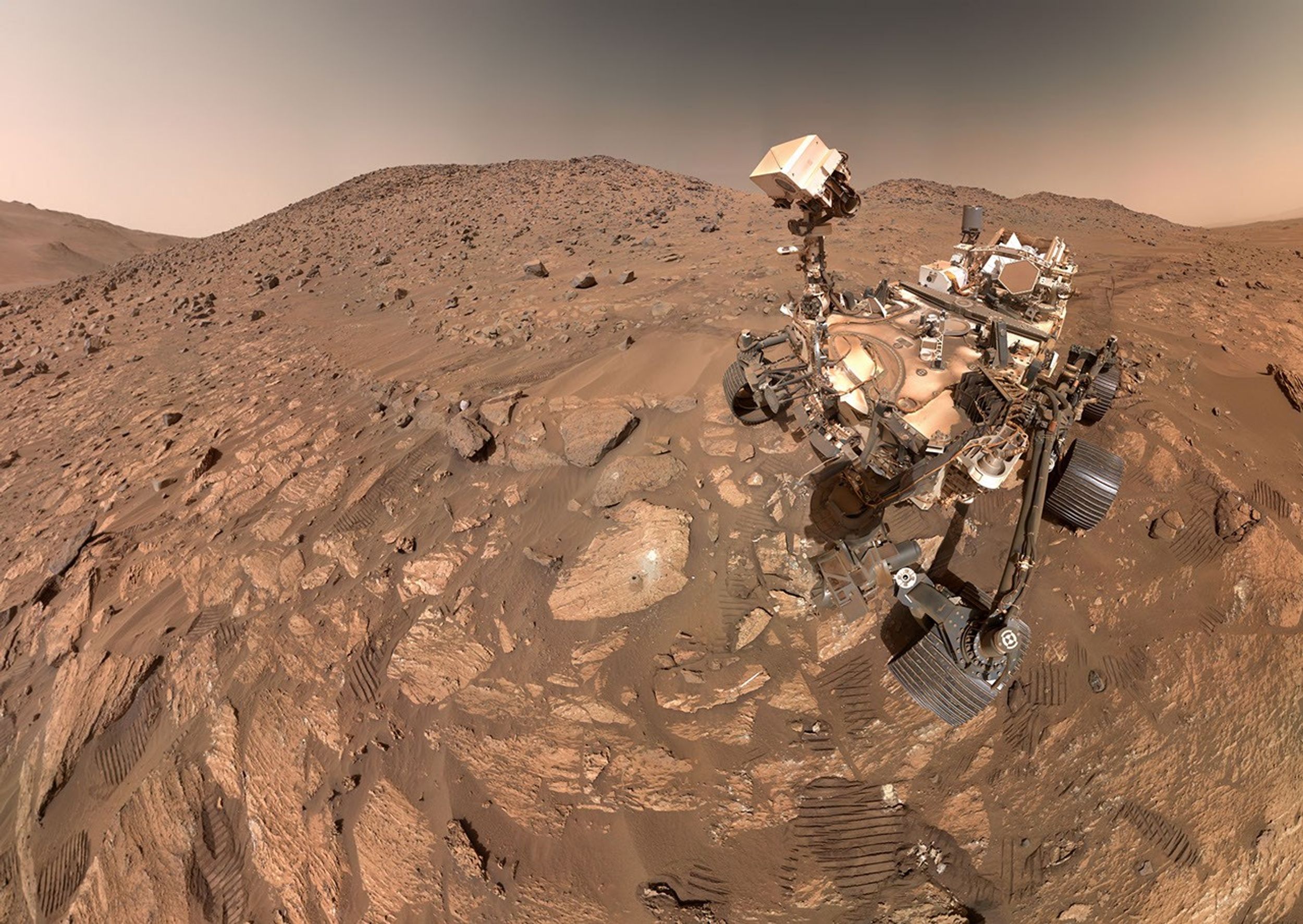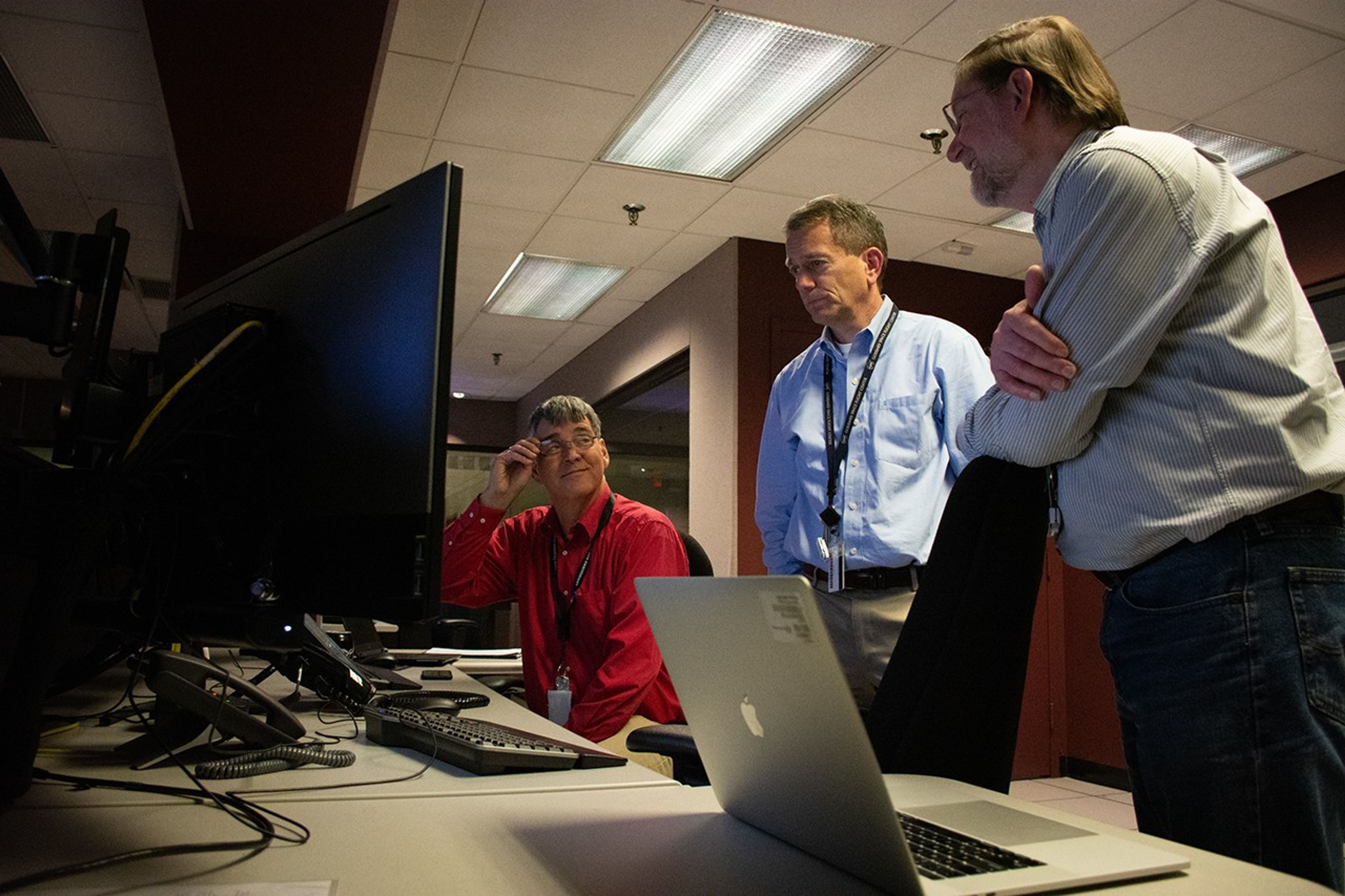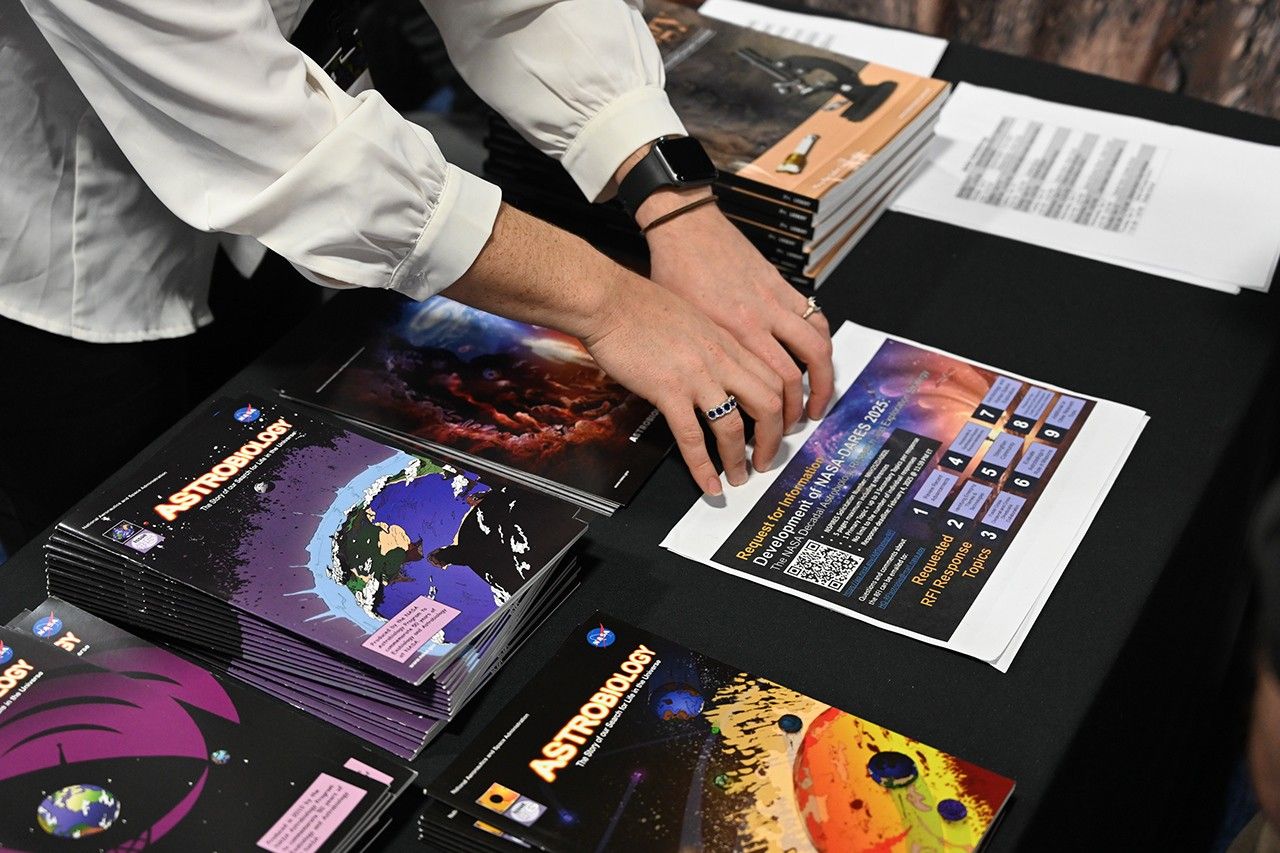
NASA Decadal Astrobiology Research and Exploration Strategy
NASA‑DARES (Decadal Astrobiology Research and Exploration Strategy) is NASA’s next roadmap for studying the origins, evolution, distribution, and future of life in the universe. Developed through extensive community input, NASA‑DARES builds on the 2015 NASA Astrobiology Strategy and National Academies’ reports, reflecting on recent advances and identifying thematic Focus Areas to guide astrobiology research and exploration. It champions astrobiology’s interdisciplinary spirit, synergizing cross-divisional efforts across the Science Mission Directorate and beyond.
Why NASA-DARES Now?
The NASA Astrobiology Strategy from 2015 has been an excellent document for NASA planning and advancement of astrobiology. In the past 10 years, the National Academies of Sciences, Engineering, and Medicine (NASEM), Research Coordination Networks (RCNs), and Assessment/Analysis Groups (AGs) have published decadal surveys and community consensus reports of great relevance to astrobiology. While much of NASA's 2015 Astrobiology Strategy remains relevant today, the field has grown significantly in the last decade, and so NASA's strategy requires updates. Publications such as the 2018 Exoplanet Science Strategy, the 2019 Astrobiology Science Strategy for the Search for Life in the Universe, Astro2020, and the 2023 OWL Planetary Science decadal survey, among others, have introduced updated priorities and increasingly interdisciplinary perspectives. More recently, transformative advances in research tools, such as artificial intelligence and machine learning, have expanded frontiers in life detection research beyond what was previously possible. The in-progress Decadal Astrobiology Research and Exploration Strategy (2026) will build on all of these community efforts to produce a comprehensive, forward-looking framework for NASA's astrobiology missions and research, fully aligned with the findings and recommendations from the monumental efforts that preceded it.
Focus Areas
These nine major focus areas were identified by Task Force 1 in response to 130 community whitepapers submitted to a Request for Information and refined at a community workshop in May 2025. They will continue to be refined by the community in the next phase of NASA-DARES.
NASA-DARES 2025 RFI Workshop Recordings
Project Status
The NASA-DARES activity is split into 4 phases spanning 2 years. The project is now in Phase 3: Writing and Refinement. Apply to serve on Task Force 2 through September 29, 2025 at 11:59 PM ET at go.nasa.gov/ABStrategyRFI.
Laying the Groundwork
Q2 2024 – Q1 2025
NASA-Led Activities:
Internal strategic planning and coordination across SMD
Chartering the NASA Astrobiology Federation
Development and release of NASA-DARES Request for Information (RFI)
Hosting town hall and engaging stakeholders (AGs, RCNs, CAPS)
Community Participation Opportunities:
Respond to Request for Information
Town Hall, RCN and AG meetings, CAPS, RFI Writing Hub at AGU
Early Career: NASA Astrobiology Strategy Student Historian via OSTEM
Strategic Outcomes
Community-informed scoping of NASA-DARES
Established coordination and internal alignment to support DARES activities

Framing the Strategy
Q1 – Q2 2025
NASA-Led Activities
NASA Astrobiology Strategy Student Historian selection (OSTEM) for summer 2025 internship
Task Force 1 [TF1] solicitation and selection (NSPIRES/NRESS)
RFI Findings Workshop (May 29-30, 2025)
Community Participation Opportunities:
Apply/serve on Task Force 1
Participate in RFI Findings Workshop and help define DARES focus areas
Strategic Outcomes:
RFI Findings Report
Defined thematic DARES focus areas for Task Force 2 activities (Phase 3)

Writing & Refinement
Q2 2025 – Q1 2026
NASA-Led Activities
Task Force 2 [TF2] solicitation and selection (NSPIRES/NRESS)
DARES focus areas webinar series
DARES Status Workshop (AGU Fall Meeting 2025)
Coordination of community feedback
Community Participation Opportunities:
Apply/serve on Task Force 2
Attend and contribute to webinars/DARES Status Workshop to provide feedback on DARES drafts
Strategic Outcomes:
NASA Astrobiology Strategy Student Historian report
Collation of refined DARES focus areas into draft strategy

Publication & Roll-Out
Q1 – Q2 2026
NASA-Led Activities
Final review, approval, and publication of NASA-DARES
Planning for NASA-DARES programming at AbSciCon 2026
Programmatic and strategic planning activities integrating DARES for 2027 and beyond (e.g., R&A, RCNs, early career programs, etc.)
Community Participation Activities:
Participate in AbSciCon 2026
Engage with RCNs and AGs

























